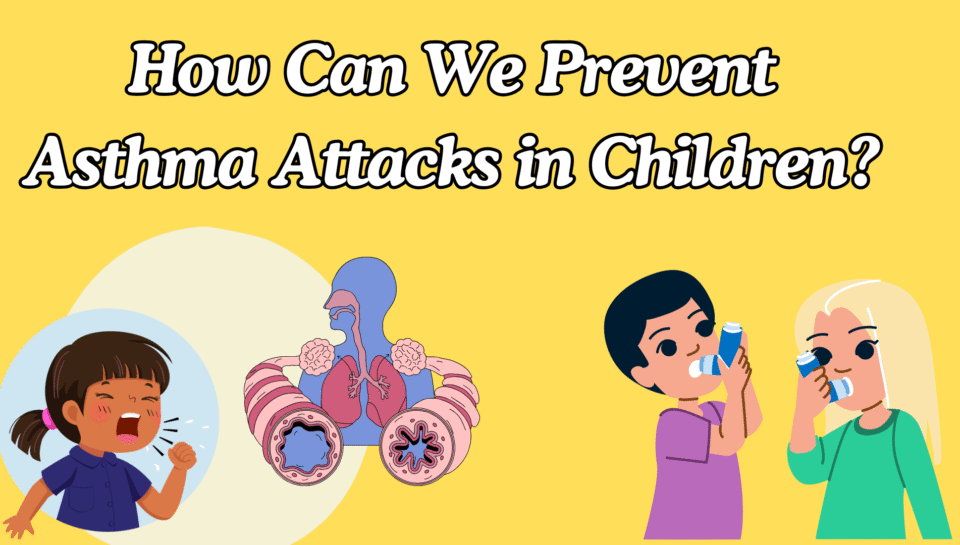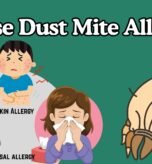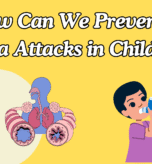Asthma is a very common condition seen in children today, especially in cities. An asthma attack can be frightening for both the child and the parents. But these asthma attacks can be prevented with proper care.
Understanding Asthma
Asthma is a chronic condition that causes inflammation and narrowing of the airways, making it hard to breathe. In children, asthma symptoms can be triggered by a variety of factors including allergens, infections, exercise, and even weather changes.
Common Symptoms Include:
- Frequent coughing (especially at night)
- Wheezing or whistling sounds when breathing
- Chest tightness or discomfort
- Shortness of breath
- Fatigue or irritability
How Can We Prevent Asthma?
Hygiene hypothesis: Decreased exposure to environmental allergens and living in an environment too “clean” early in life can decrease the body’s capacity to fight as the children grow old. Early exposure to all kinds of antigens is important for proper development of immunity.
Breast-feeding: It has a protective effect on allergies in newborn babies as the mother’s antibodies against allergens are passed on to the baby.
Healthy Lifestyle: Especially in urban cities, asthma is considered a lifestyle disease. A healthy balanced diet, regular physical exercise and personal hygiene are basic pillars on which the immune system is built. Providing and inculcating healthy habits in children early on can help prevent asthma.
How Can I Protect My Child (Already Diagnosed with Asthma) from Attacks?
1. Take Your Medication Regularly
Be consistent with controller medications and inhalers. Regular use significantly improves asthma symptoms and prevents attacks. Missing doses and irregular usage is the single most important reason for uncontrolled asthma in children.
2. Allergen Avoidance
- Avoid indoor allergens like insects, mosquitoes, fungus, mould on walls, house dust mite, and pets.
- Avoid airway irritants such as perfumes, incense sticks, mosquito repellants, and passive smoking.
- Sun-dry mattresses and pillows, and wash bed sheets regularly to prevent dust mites.
- Prefer wet mopping and vacuum cleaning instead of sweeping floors to reduce dust.
3. Breathing Exercises
Regular breathing exercises and pranayama can help improve lung capacity.
4. Follow Asthma Action Plan
Parents must be able to identify early signs of wheezing and asthma attacks. An asthma action plan is a guidance flowchart that enlists the warning signs of an asthma attack and tells parents how to identify and respond. It also provides instructions on medications and when to report to a hospital.
5. Regular Check-ups
Parents must maintain a regular follow-up routine with the treating doctor to ensure asthma control. A pulmonologist may evaluate symptoms, perform lung function testing, and adjust medications accordingly.
Is Asthma Curable?
Asthma is an allergic disease that develops due to sensitivity to a particular allergen. This sensitization is genetic, unpredictable, and cannot be altered. However, with appropriate treatment at the right age, harmful effects of asthma on developing lungs can be prevented by avoiding airway remodeling. In some cases, Allergen Immunotherapy can help desensitize an individual if the offending allergen is determined by allergy testing.




